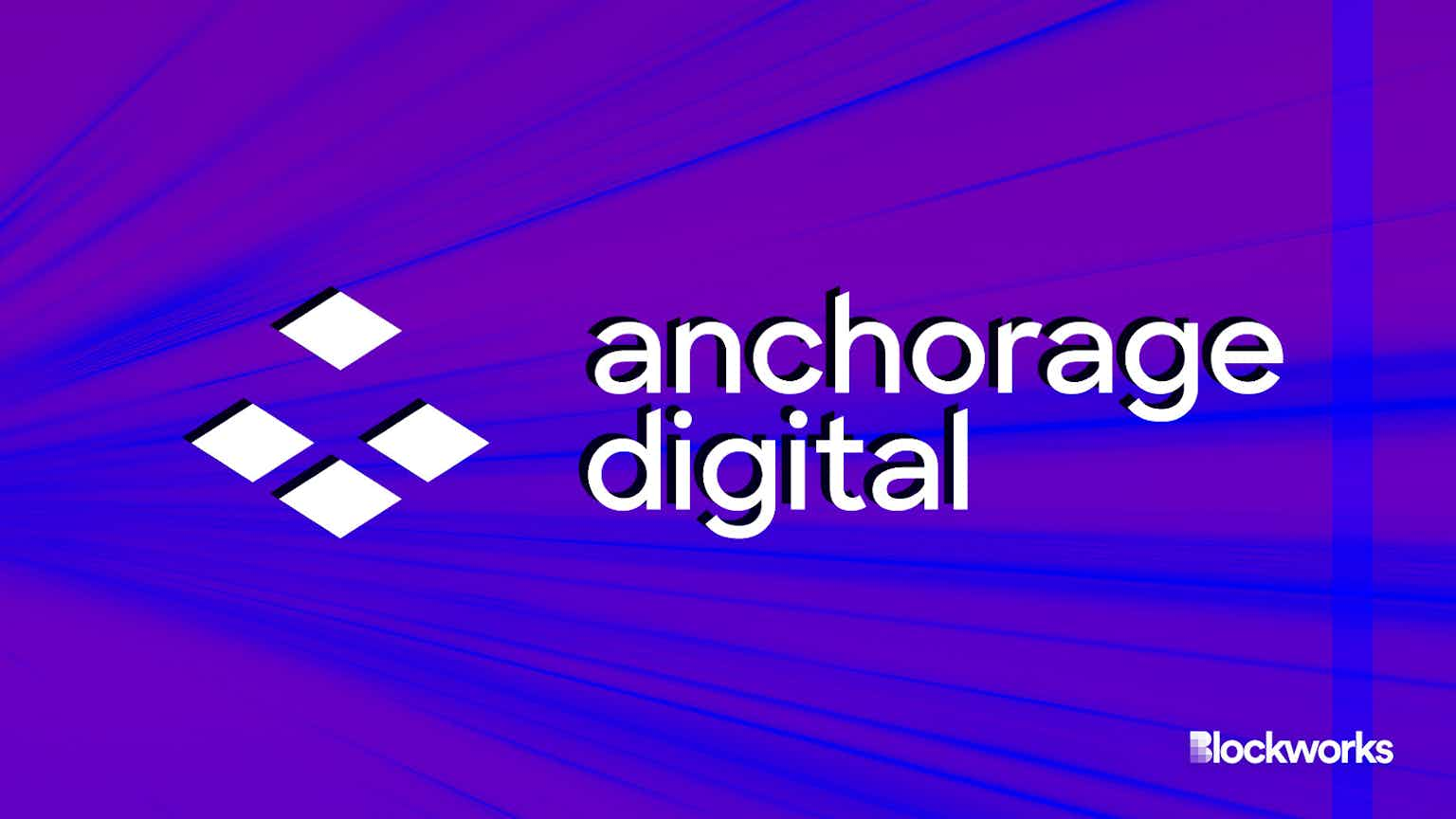Will Lido Staked Ether Trigger the Next Big Crypto Crash?
StETH value has fallen below 6% ether parity over the past 72 hours

Blockworks exclusive art by Axel Rangel
key takeaways
- People are selling their stETH tokens, causing liquidity problems
- For the time being, Celsius has suspended all withdrawals and transfers
Lido’s crypto derivative representing staked ether (stETH) has slipped by roughly 6% compared to ether in the past 72 hours, causing concern there could be another big crypto crash similar to last month’s collapse of LUNA.
StETH is a token stand-in for ether locked inside staking protocol Lido. The digital asset effectively constitutes the deposited ETH while Lido distributes associated staking rewards to its users. StETH tokens are minted when ether is deposited and burned upon redemption.
StETH has historically been considered a safe asset, effectively pegged 1:1 to ether and backed by ETH in Ethereum’s Beacon Chain, which has been running since December 2020.
StETH has been used as collateral on open-source liquidity protocol Aave since March, allowing those who stake ether in support of Ethereum’s switch to proof-of-stake to gain leverage on their locked crypto.
Due to current market volatility, users are rushing to cash out their ETH from the Curve pool, a decentralized exchange liquidity pool on Ethereum designed for stablecoin trading. As a result, stETH is now harder to cash out than ETH – leading to de-pegging.
But unlike stablecoins with redemption mechanisms, stETH can only be unlocked on Ethereum’s proof-of-stake chain (once it goes live). The token is more akin to a liquid interest-bearing digital asset.
As such, stETH’s value cannot truly be equal with ETH due to associated risks with the impending Ethereum merge, including delays and cancellations. When liquidity dries up in any market, the price of the associated asset will also dip.
Despite stETH’s recent drop from ETH parity, positive signs indicate it’s becoming less risky to own; the Ethereum Ropsten testnet successfully moved to proof-of-stake last week.
Still, stETH has become a problem for some of its largest holders – including Celsius, a crypto lending platform where over $3.8 billion has been deposited.
Celsius yesterday suspended all withdrawals and transfers. Despite recovering strongly this morning, Celsius’ own native CEL token is down about 60% over the past week and had fallen 34% in the past 24 hours, as of press time. It is currently down more than 96% from its early-June all time high.
Liquidity protocol Aave is now urging its community members to consider pausing the stETH market and halting ETH borrows “as an extra precaution.”
“Our risk monitoring system continues to measure risk in AAVE,” said John Morrow, chief operating officer at Gauntlet, which performs risk assessments for the staking protocol. “As governance proposals take a few days to pass and go into effect, we are encouraging the community to consider the impact of the…changes carefully. If market conditions worsen we will strongly recommend that these actions be taken immediately.”
Correction: Over $3.8 billion has been deposited with Celsius, not $3.8 billion worth of stETH. Updated June 13, 2022 at 6:11 pm ET.
[stock_market_widget type=”accordion” template=”chart” color=”#5D25E5″ assets=”STETH-USD,ETH-USD” start_expanded=”true” display_currency_symbol=”true” api=”yf” chart_range=”1mo” chart_interval=”1d”]
Start your day with top crypto insights from David Canellis and Katherine Ross. Subscribe to the Empire newsletter.





